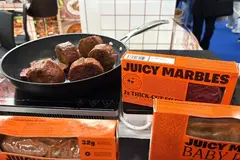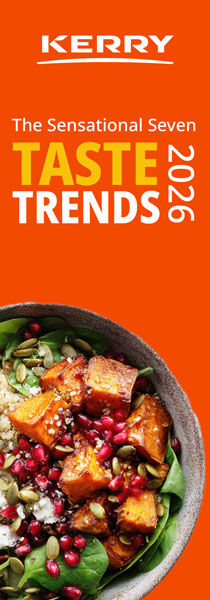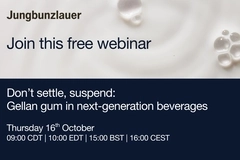Journal extract: Red, White and TiO₂ - US colorant controversies
The FDA vows to liberate the US food supply from synthetic colors as the world’s regulators watch on
Key takeaways
- FDA aims to remove petroleum-based dyes from US food.
- Experts warn bans could raise costs up to 150×.
- Host of natural coloring alternatives swiftly approved.
July 4, 2025, marked the 249th anniversary of the United States’ independence, amid the “true colors” of the FDA’s high-profile regulatory discussions on colorants. In keeping with the American nation’s history of isolationism, individualism, and exceptionalism, the US colorant conversation has diverged from global positions regarding the safety of certain approved colors.
If the industry and policy experts interviewed here are to be believed, discussions of liberating the US food supply from several petroleum-based colors could result in high reformulation costs and a host of food products being forced out of the free market.

Spearheaded by Health and Human Services (HHS) Secretary Robert Francis Kennedy (RFK) Jr., removing synthetic colorants has been high on the “Make America Healthy Again” agenda. “Every day, children are exposed to synthetic chemicals in food that serve no purpose and threaten their health,” stated RFK Jr. on the matter. In this context, the FDA announced its decision in April 2025 to pursue independence from synthetic colorants in both foods and medications.
The new FDA commissioner, Dr. Martin Adel Makary, stated in a press conference jointly held by the HHS and FDA that “for the past 50 years, American children have been increasingly living in a toxic soup of synthetic chemicals.” He suggested petroleum-based dyes are factors behind increasing rates of obesity, hyperactivity disorder, diabetes, cancer, and other ailments prevalent in the US population.
At the press conference, Makary held up a study from The Lancet to the audience. Although it wasn’t clear which study he was referring to, it was likely a 2007 study by McCann et al that examined synthetic colorants and hyperactivity in children.
The randomized, double-blinded, placebo-controlled trial concluded that artificial colors or a sodium benzoate preservative (or both) increased hyperactivity in children from the general population. However, “the specific deleterious compounds in the [behavioral effect-inducing] mix cannot be determined for the present study and need to be examined in subsequent studies.” A person would need to consume more than 4,000 Skittles per day for 9 years to reach genotoxicity concern levels from TiO2 exposure, according to regulatory analyst David R. Schoneker.Since a second colorant mixture in this study showed no behavioral effect, any authority citing this work should proceed cautiously. To justify bans, it would behoove regulators to supplement claims about colorants implicated in this study with more colorant-controlled studies. This is especially true for the Red 3, often linked with the hyperactivity assessed in the aforementioned study, as the recently banned colorant did not appear in either mixture studied. In 2008, the private Center for Science in the Public Interest filed a petition asking the government to ban the use of synthetic dyes and, in the interim, require food warning labels about their impact on the behavior of some children. In 2011, the FDA’s food advisory committee met to determine if warning labels should be placed on food products containing artificial colors. While most members agreed more research was needed (13-1 vote), the panel rejected warning labels with a narrow 8-6 vote.
A person would need to consume more than 4,000 Skittles per day for 9 years to reach genotoxicity concern levels from TiO2 exposure, according to regulatory analyst David R. Schoneker.Since a second colorant mixture in this study showed no behavioral effect, any authority citing this work should proceed cautiously. To justify bans, it would behoove regulators to supplement claims about colorants implicated in this study with more colorant-controlled studies. This is especially true for the Red 3, often linked with the hyperactivity assessed in the aforementioned study, as the recently banned colorant did not appear in either mixture studied. In 2008, the private Center for Science in the Public Interest filed a petition asking the government to ban the use of synthetic dyes and, in the interim, require food warning labels about their impact on the behavior of some children. In 2011, the FDA’s food advisory committee met to determine if warning labels should be placed on food products containing artificial colors. While most members agreed more research was needed (13-1 vote), the panel rejected warning labels with a narrow 8-6 vote.
In 2023, the FDA published a Q&A concerning color additives for consumers, where it stated: “The totality of scientific evidence indicates that most children have no adverse effects when consuming foods containing color additives, but some evidence suggests that certain children may be sensitive to them.” The decision to ban synthetic colors comes in light of consensus from a triumvirate of non-US regulatory experts, former US regulatory experts, and current industry experts that the colorants under scrutiny are GRAS (generally recognized as safe).
This is an article extract from The World of Food Ingredients. Access the full story here.
















